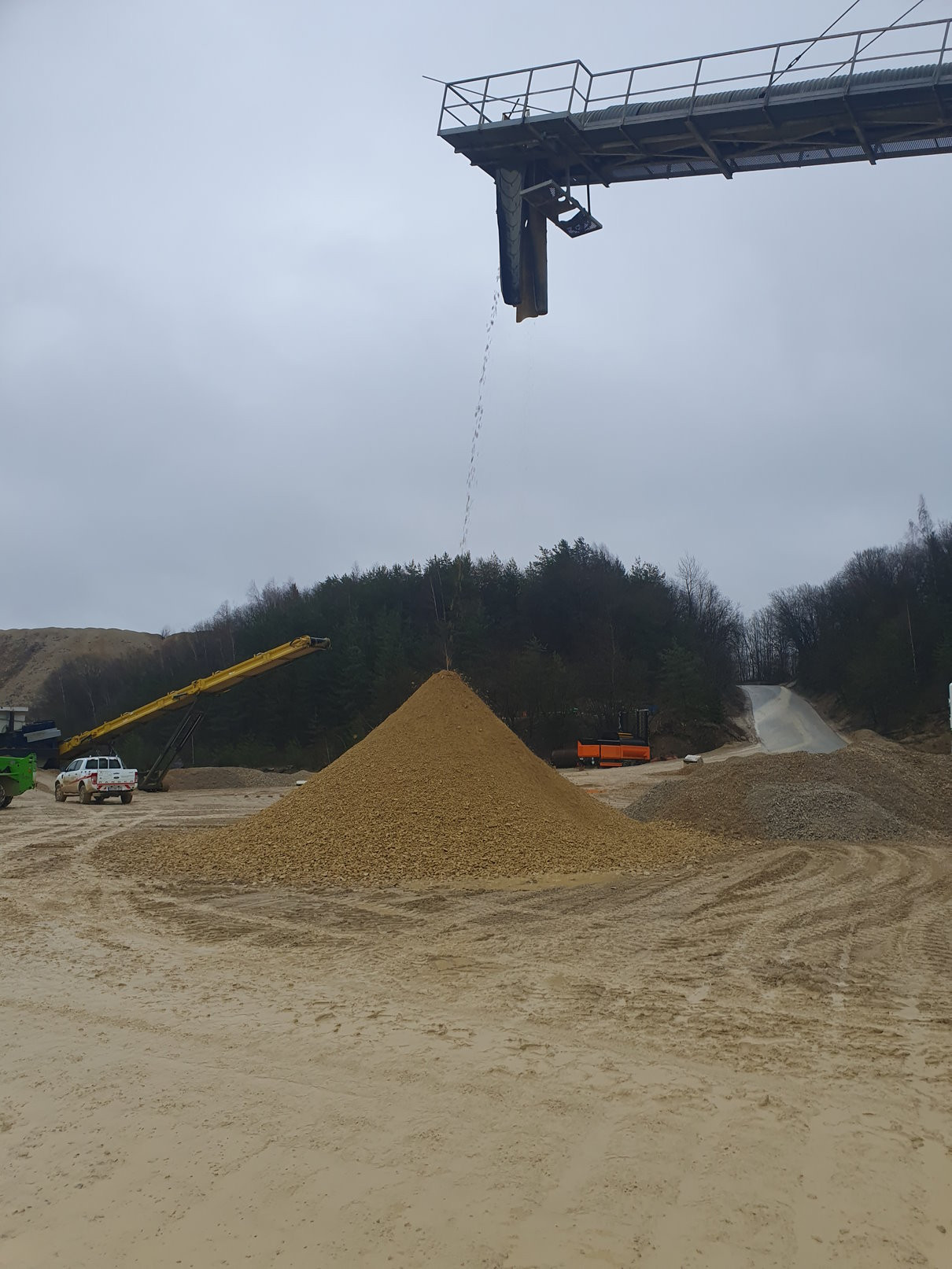Unveiling Ore Sorting
Modern Ore Sorting
Ore sorting is a transformative process that segregates raw ore based on their properties. Traditionally, mining relied on manual ore quality control or conventional processing methods, which are slow, inefficient, and prone to errors. But with sensor technologies like optical, electromagnetic, and X-ray transmission, sorting has entered a new era of efficiency.
By using advanced algorithms, ore grade control systems can distinguish valuable minerals from waste material accurately and cost-effectively.
Technologies
Various technologies used to sort mined ore, each with unique advantages. From X-ray transmission (XRT) to infrared spectroscopy (IR) and optical and electromagnetic sensors, these technologies identify minerals quickly and accurately based on their properties. The choice depends on factors like ore type, particle size, and sorting accuracy. Detailed information is available in technical publications and case studies like “Sensor-Based Ore Sorting Technology in Mining—Past, Present and Future.”
The Cost of Ore Sorting
Implementing ore grade control or waste rejection systems varies in cost. Factors include the sensor type and the operation’s scale. While long-term benefits are evident, both initial investment and ongoing expenses matter.
For instance, technologies like XRT have higher upfront costs. Systems for “stone by stone” sorting are mechanically complex and need intensive maintenance, leading to higher operating costs. The average cost of such a system can range from 30-50 cents per ton of ore sorted.
While stone-by-stone sorting is suitable for precious metals or high-priced commodities, it might not work for industrial minerals. In such cases, bulk sorting is the only viable option.
Bulk Ore Sorting: Maximizing Profitability
Bulk ore sorting introduces a strategic approach to separating ore based on batches, ranging from several hundreds of kilograms to a truckload. This method offers several advantages over stone-by-stone sorting. These include increased throughput, reduced complexity, and lower operational costs.
Bulk ore quality control finds its niche, notably in open-pit mining operations characterized by distinct heterogeneity within the ore body.
The cost per tonne of ore sorted using bulk methods can be significantly lower—up to 10-15 times less than that of stone-by-stone sorting. This cost differential makes such a system a practical and economically viable solution for most miners seeking to improve mineral recovery.
Integrating Existing Infrastructure
Mining companies face the challenge of reducing the cost of raw material sorting while maximizing its benefits. One solution is integrating existing infrastructure with new sensor technologies, such as OreScanner, into the mining workflow. By using existing conveyor belts, loading/unloading stages, and processing equipment, companies can cut capital expenditure while improving mineral recovery through sorting.
Unlocking Hidden Value: Re-Mining
Re-mining, or waste ore reprocessing and secondary mining, offers another opportunity for mining operations to unlock hidden value and maximize resource utilization. Secondary mining involves extracting and processing ore material from waste or tailings piles. These piles often contain significant quantities of valuable minerals that traditional mining methods couldn’t economically recover. However, advancements in sorting technology are making re-mining financially viable for modern operations. One recent example of this approach was just presented in The Mining Technology magazine.

Embracing Ore Sorting: Success and Versatility
Ore sorting technology has transformed mining operations across various industries such as limestone, gold, copper, iron, and quartz. It has significantly enhanced efficiency and profitability. Moreover, its adaptability goes beyond traditional sectors. Modern technologies enable the detection of numerous minerals, making ore sorting applicable to any mining operation, even those involving critical raw materials like lithium. This versatility empowers mining companies to optimize resource utilization and explore new revenue streams.
Conclusion
In conclusion, ore sorting marks a significant shift in our approach to mining and mineral processing. By harnessing advanced technologies and innovative approaches in raw material handling, companies can fine-tune their operations for maximum profitability and sustainability. As evidenced in the paper “Integrating Bulk Ore Sorting into a Mining Operation to Maximise Profitability”, the strategic incorporation of sorting technology yields tangible benefits, including cost reduction, improved recovery rates, and minimized environmental impact.
“The future of mining lies in innovation and efficiency. Ore sorting technology is not just a tool—it’s a catalyst for transformation.”